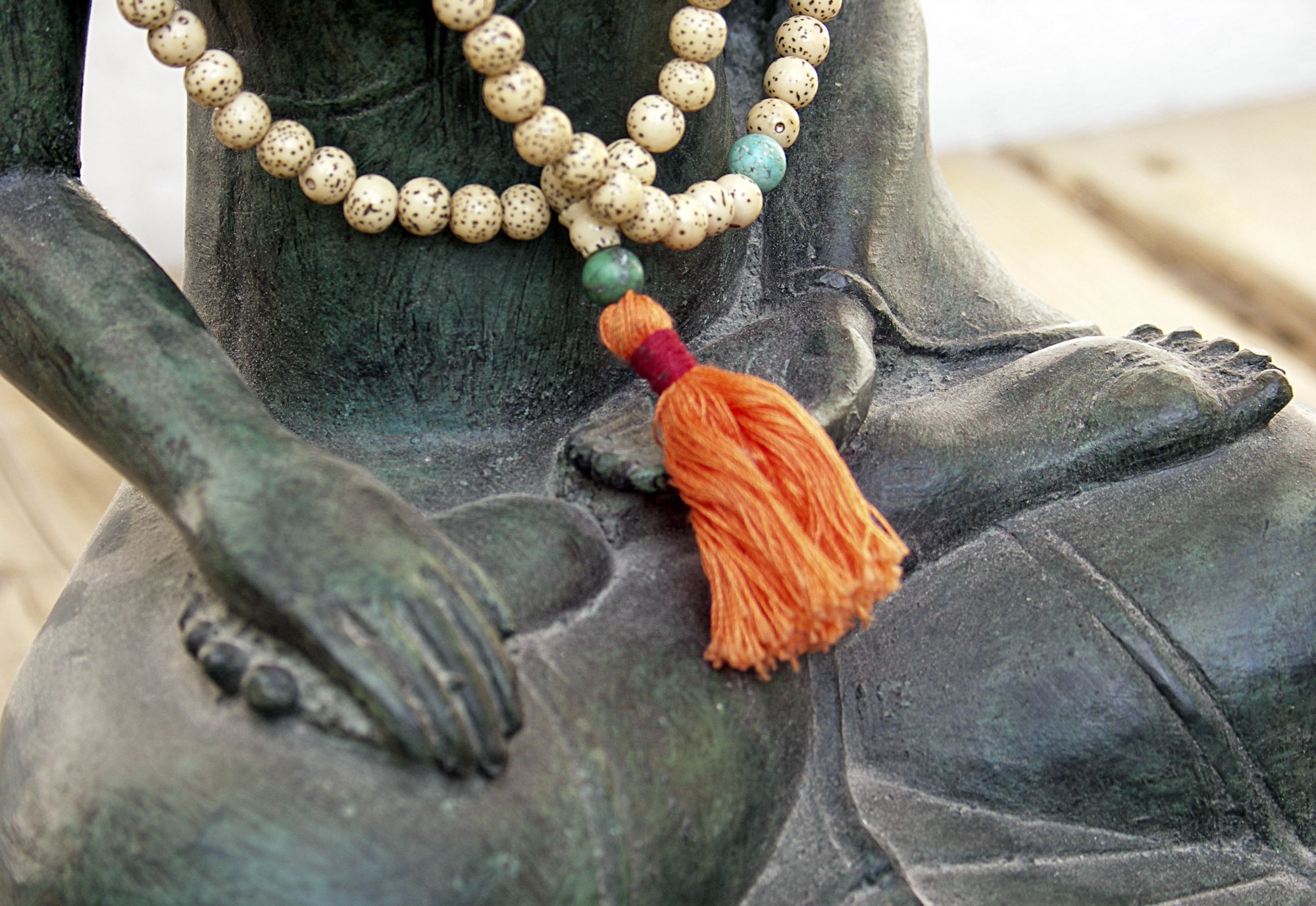It’s no secret that in the west, yoga has become one of the most popular activities. With tote bags reading “Wine and Yoga,” shirts saying “Namaste,” and experiences such as goat and beer yoga, yoga might even be one of the trendiest activities around. In ancient times, yoga had almost zero physical postures and no fitness-oriented aspects. Nowadays, with all of the consumerism surrounding yoga, the number one goal of yoga seems to be physical perfection.
Perfectionism is deeply embedded in our modern-day culture. We have grown up in a society that thrives on (and rewards) perfectionist behaviors. In a lot of ways, it makes sense why certain styles of yoga (with its symmetric, “perfect”-looking poses) has become as popular as it has, and something like qigong (Chinese yoga) remains esoteric and less looked at. The practice of qigong is fluid, constantly changing, yet harmonious. On the outside, it’s not very pretty or attractive, which are some of the main reasons capitalism thrives.
What even is Qigong? Qi, often translates to vital or life energy, and gong, means craft or skill. Qigong practices combine posture, breath, and intention to improve health, longevity, and spiritual growth. Humans are imperfect, just as nature is imperfect. Humans are designed to be embodied, unique creatures. Qigong mimics nature. Eastern philosophy is based on the premise that you are completely connected with nature, and changes in nature are always reflected in your body. When the elements of nature are in balance, life is harmonious and flourishes. When out of balance, the opposite reaction occurs – life can feel upsetting and disaster can follow.
Now, hear me out, no matter which style you are practicing, yoga is greatly beneficial. It alivens and strengthens your sense of being, builds a connection to your breath, and can connect you with a like-minded community. However, yoga as an external fitness performance (though still beneficial) lacks the most important aspect of inner transformation and internal exploration. From a Chinese perspective, each organ is an emotional home. For example, the liver – when out of balance, carries anger; when in balance, produces compassion. Since a large portion of the practice involves cleansing and nourishing the internal organs, qigong creates an intimate relationship with your emotional state. I am a highly sensitive, empathetic person, which means it’s easy for me to feel other people’s emotions and take them on as my own. Practicing qigong every day (even for just 15 minutes) connects me to my own emotional state, so when I go out into the world, I can distinguish what is mine and what is not. We all have our own unique way of being in the world. If you are interested in becoming a more integrated version of yourself, qigong might be exactly what you’re looking for.













